« Go back to Bay Delta Campaign
8 Phases of Marsh Restoration
Eight Phases of Marsh Restoration
Restoring damaged marsh habitat back to health is a lengthy process. Here's a high-level look at the phases, with examples from our three current projects.
Marsh restoration is a complex, multi-year endeavor that requires careful planning, community engagement, and ongoing stewardship. Each phase builds upon the previous one, creating a comprehensive approach to environmental restoration.
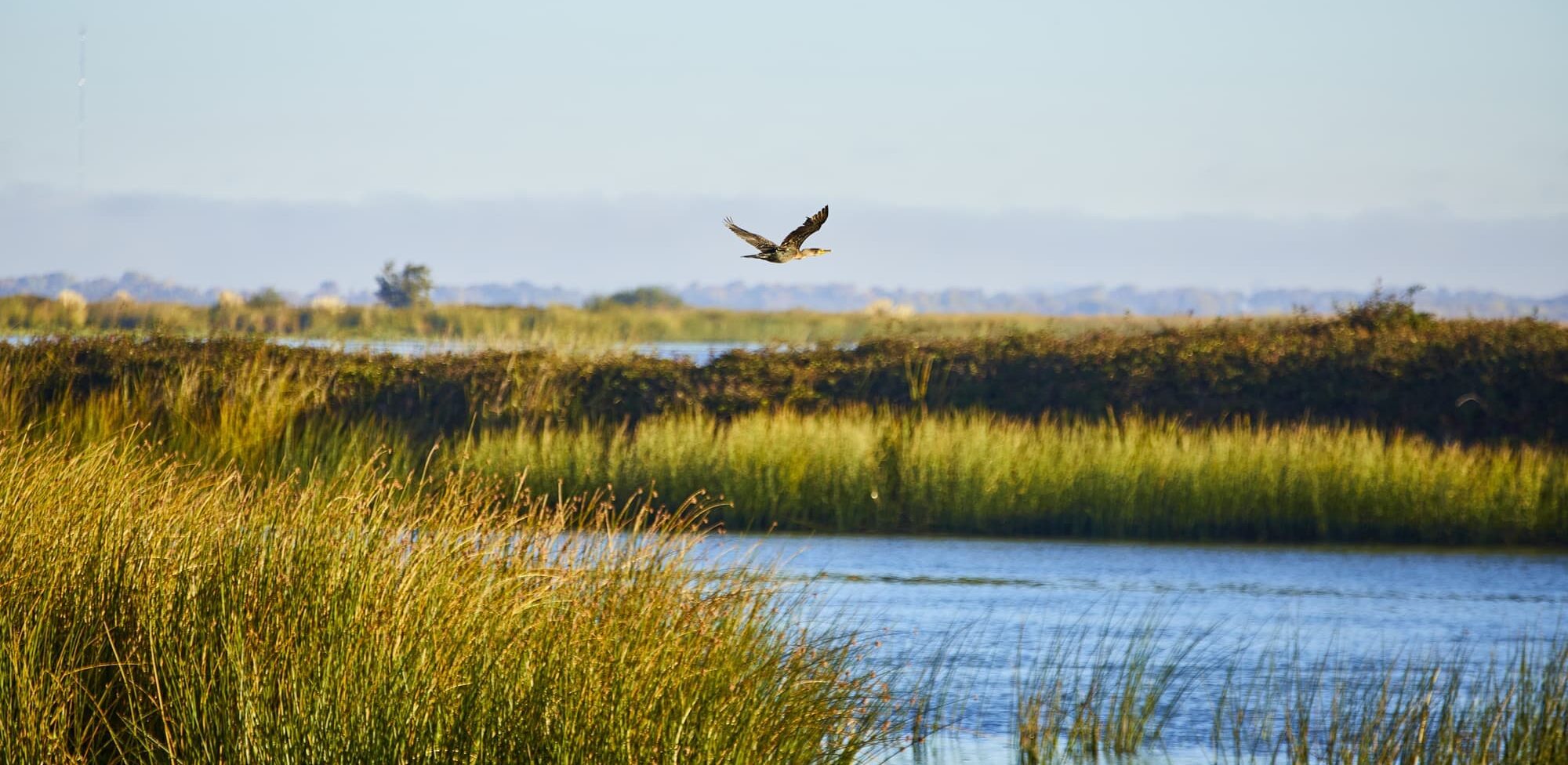

Acquisition
Taking ownership. Appraising fair market value, signing a purchase contract, sourcing funds through fundraising campaigns.
Applying for and receiving grants of almost $9 million from three major funders allowed JMLT to purchase Hoover Ranch from a private landowner on a fee simple basis in December.
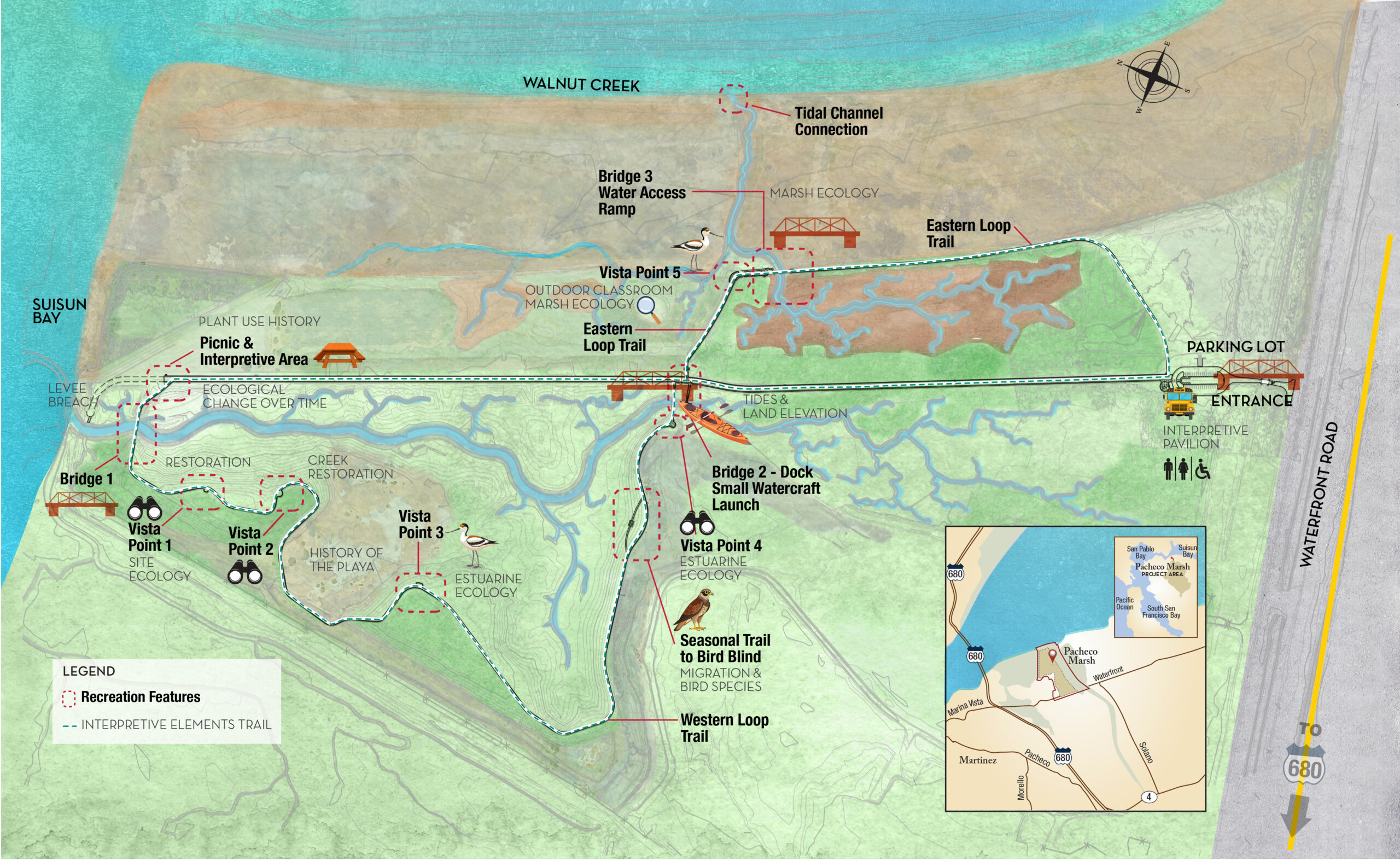
Conceptual Plan
Specifying what restoration is to take place and a vision for a future environmental and public resource. Planning provides estimates of scope of work, timing, costs.
Restoration engineers are at work on a preliminary plan for Hoover Ranch that includes such features as adding seasonal ponds to support wildlife, and trails.
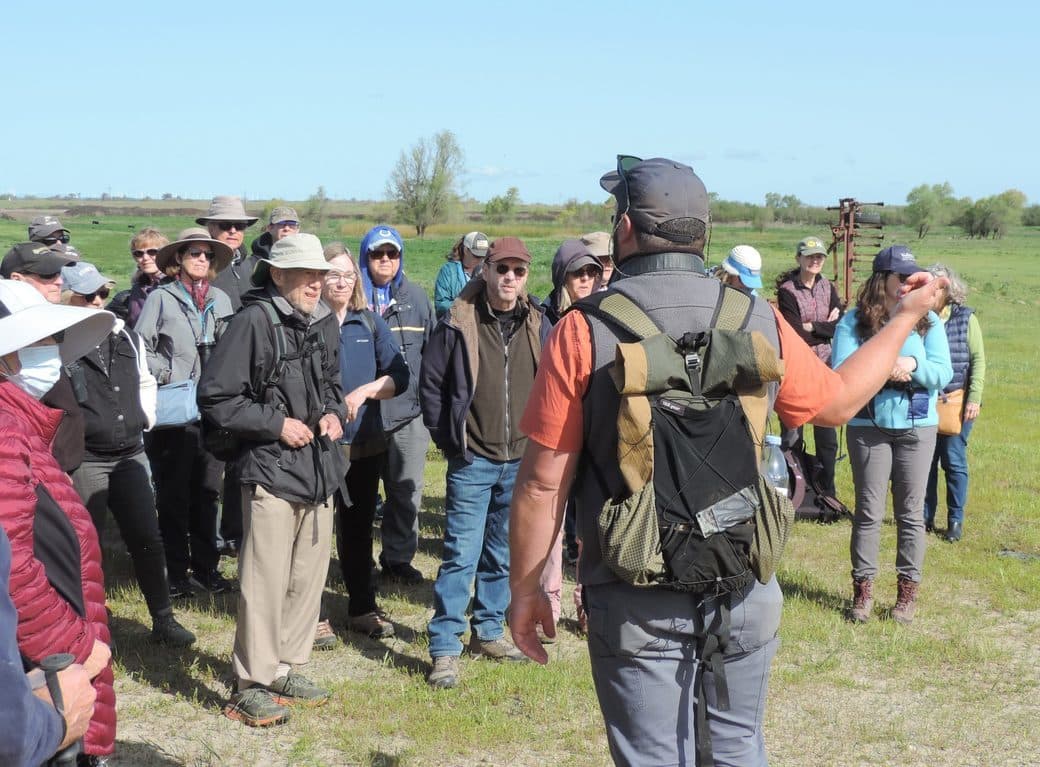
Community Engagement
Asking interest groups and stakeholders to comment on plans. Establishing tribal partnerships. Using feedback to revise and improve restoration plans.
A public opinion survey guided initial plans for Pacheco Marsh. Community priorities: vital wildlife habitat, wildlife viewing, and education. Less important: hard infrastructure such as paved surfaces.

Approved Restoration Plan
Finalizing a Comprehensive Environmental Restoration Plan and seeking endorsement from agencies, partners, funders, and constituents.
The Plan for Pacheco Marsh used computer models to place tidal channels for optimal water flow and adaptation to sea level rise.
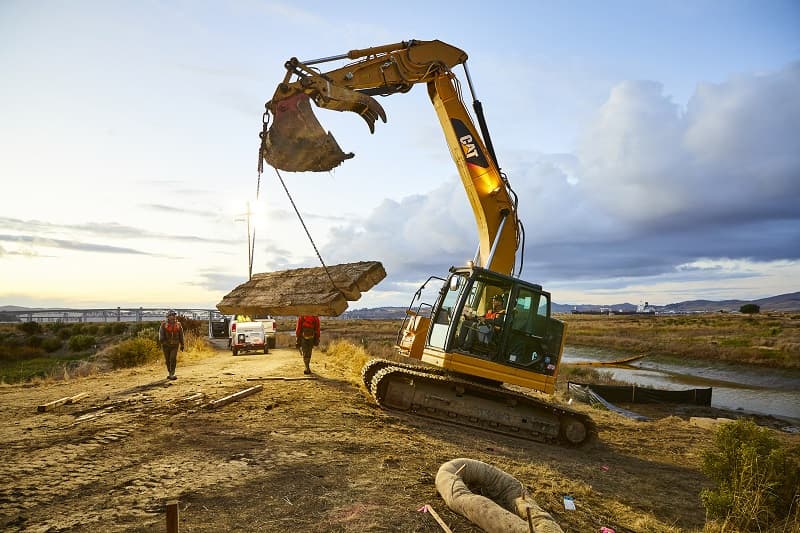
Implementation
Identifying a project team. Assembling project managers, vendors, engineers, and partners. Starting restoration and proceeding in defined stages.
After suffering a century of damage by heavy industry, Pacheco Marsh required years of work. A memorable milestone: dramatic breaching of a temporary levee in 2021 that allowed tidal waters to flow again.
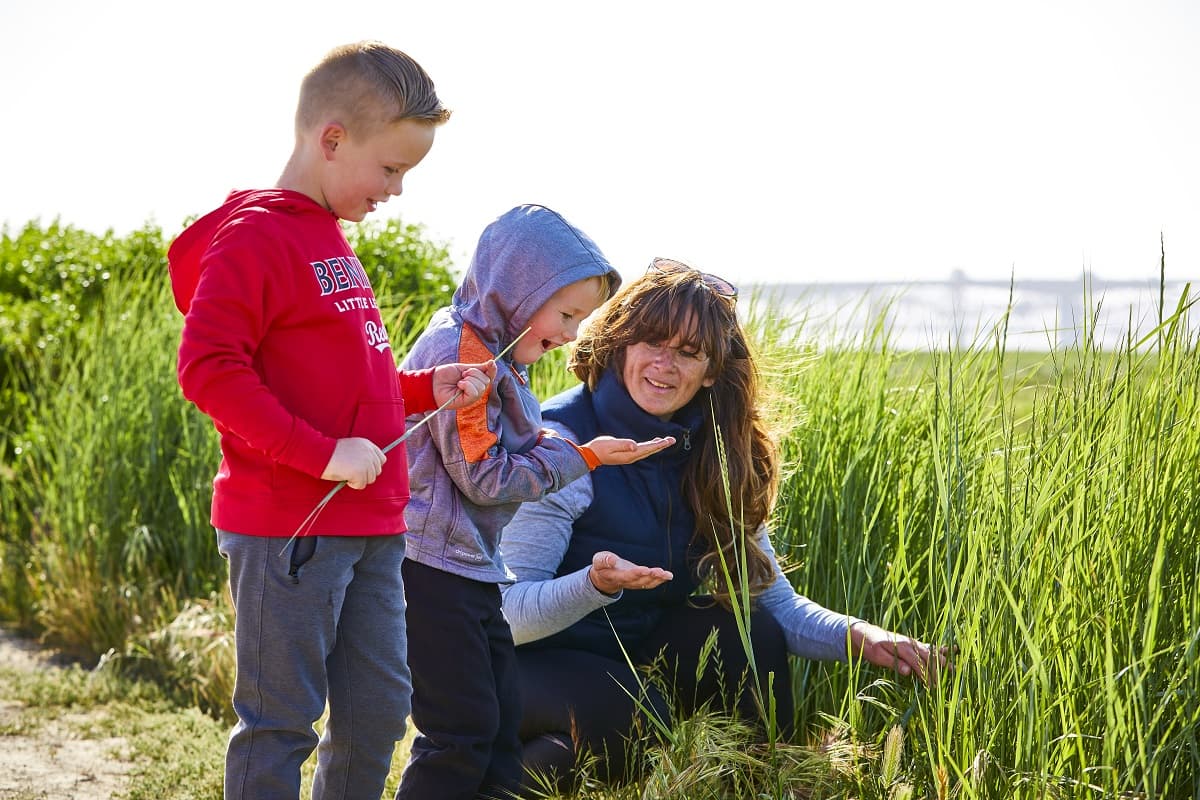
Community Programs
Encouraging people to visit and enjoy the restored property. Includes events, hikes, partnerships with organizations, and ongoing educational programs.
The public opening of Pacheco Marsh provided a taste of what's to come. The community enjoyed educational walking tours, crafts, face painters, free refreshments and food trucks.
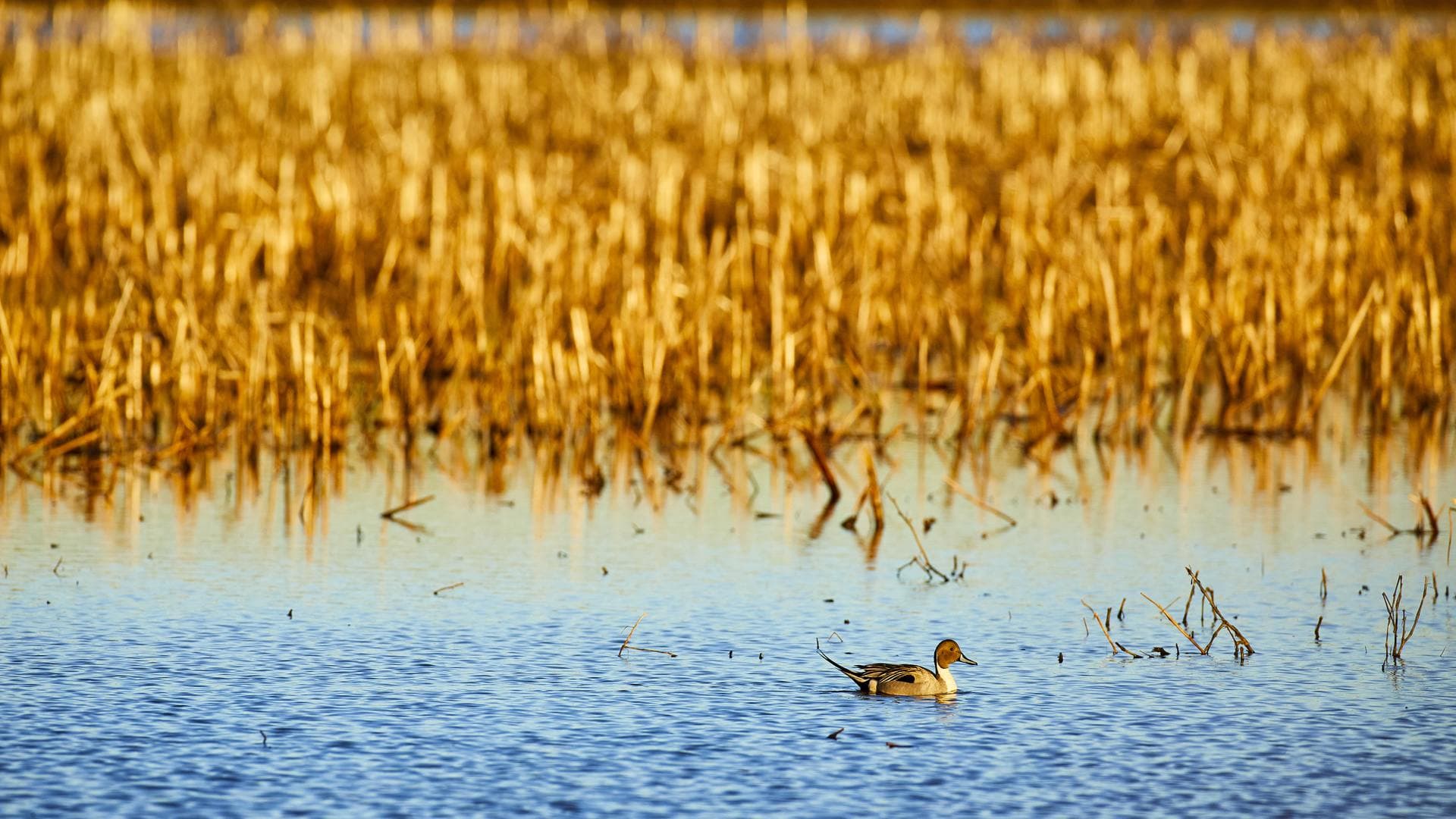
Monitoring and Stewardship
Caring for a restored property. Evaluating and making course corrections. Raising new funds for maintenance. Ensuring that public visits are rewarding, safe, and have minimal impact.
Prior to restoration, the Annual Management Plan calls for growing organic corn. Cornstalks and seeds support migratory ducks and geese.
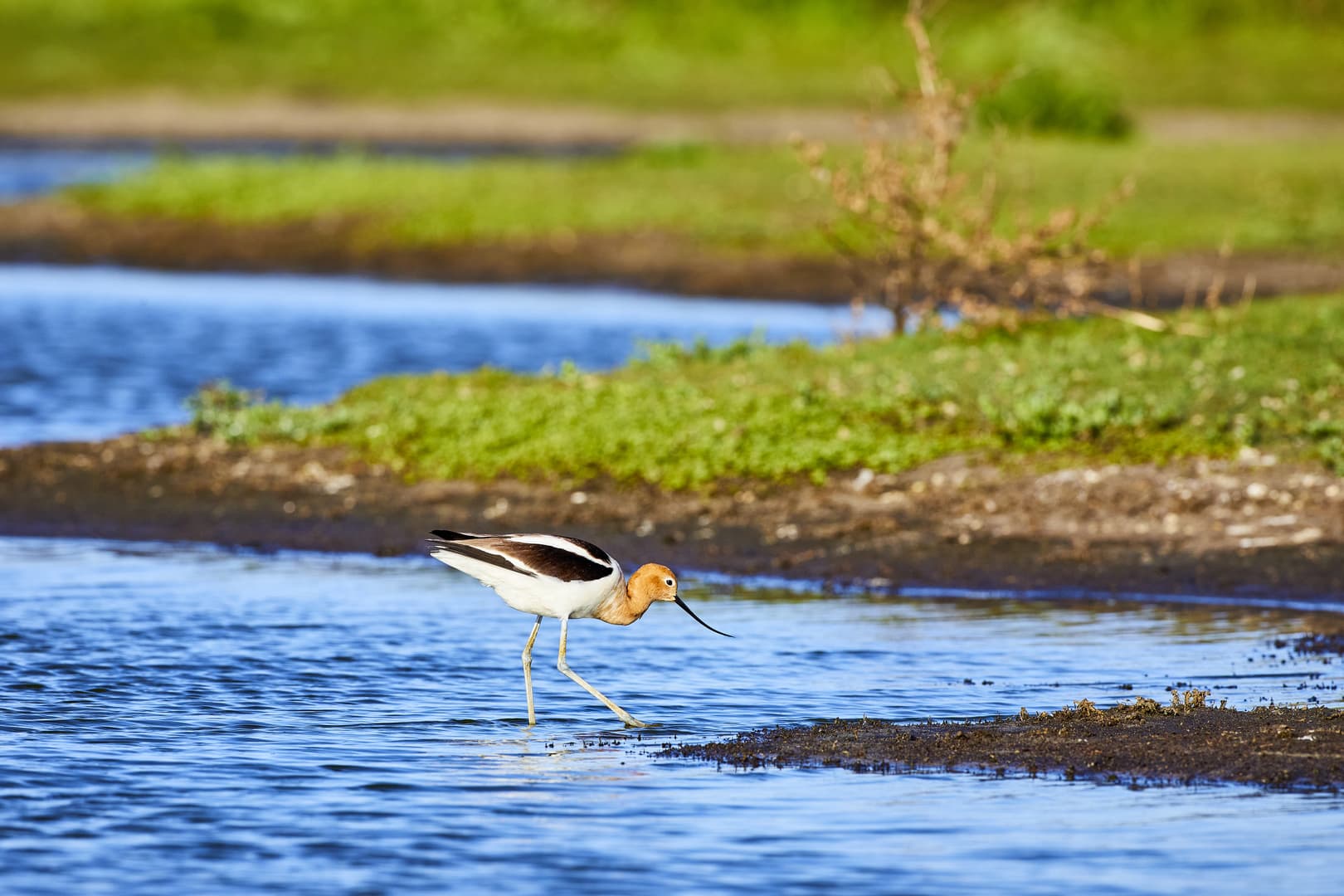
Long-term Success
Ensuring lasting environmental benefits. Establishing self-sustaining ecosystems, securing permanent protection, and creating lasting partnerships for continued conservation.
Successful marsh restoration creates habitat that will support wildlife for generations, while providing educational and recreational opportunities for the community.
Current Project Highlights
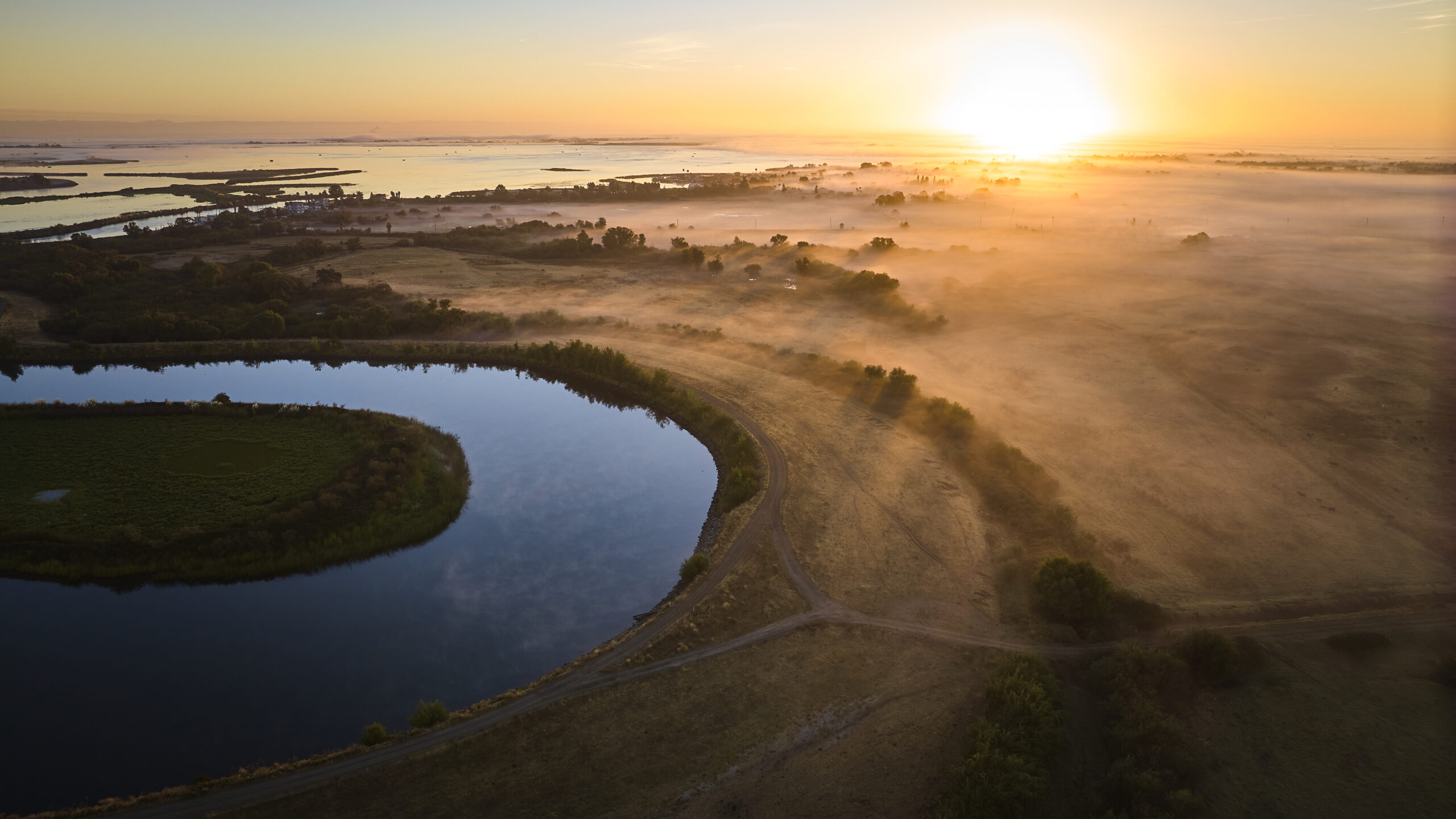
Hoover Ranch
$9 million in grants secured for purchase
Engineers developing plans for seasonal ponds and trails
Growing organic corn to support migratory birds
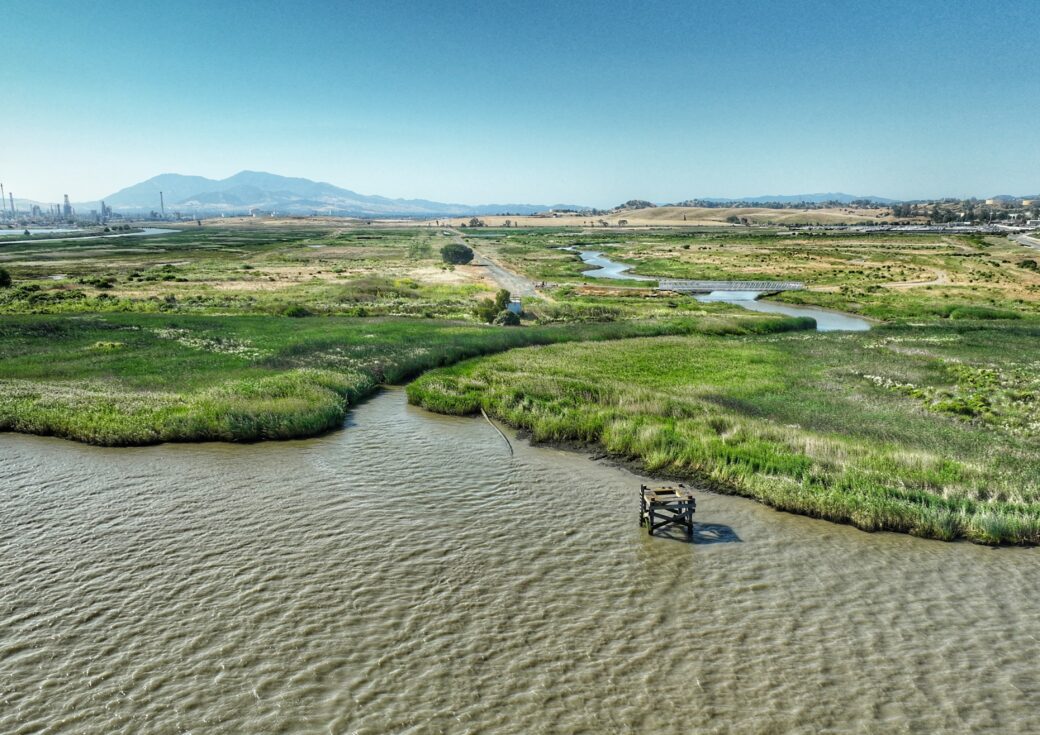
Pacheco Marsh
Public survey identified wildlife habitat as top priority
Levee breach in 2021 restored tidal flow
Successful community opening with educational programs

